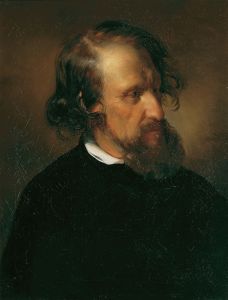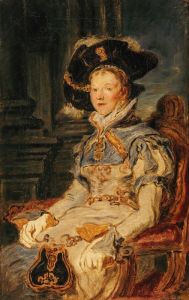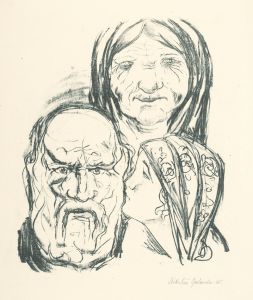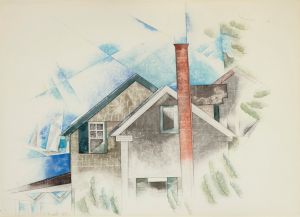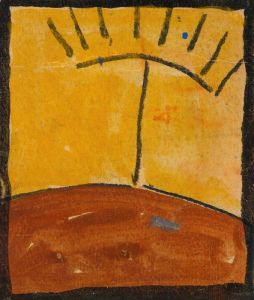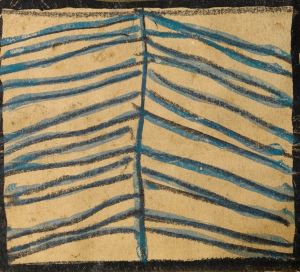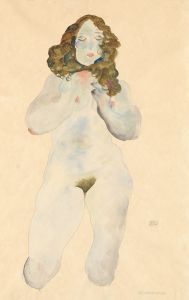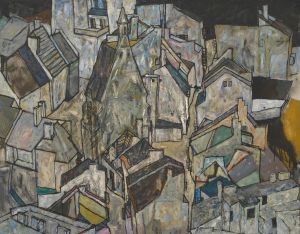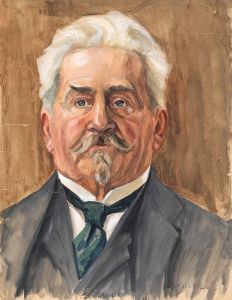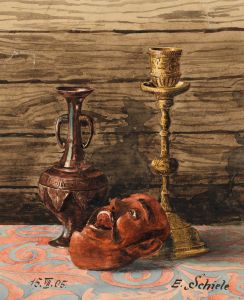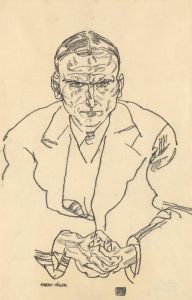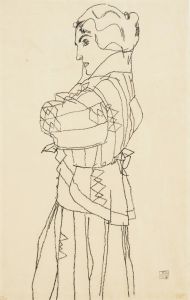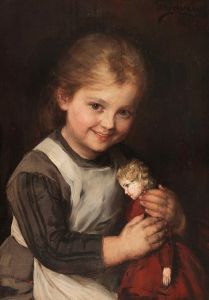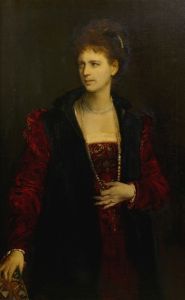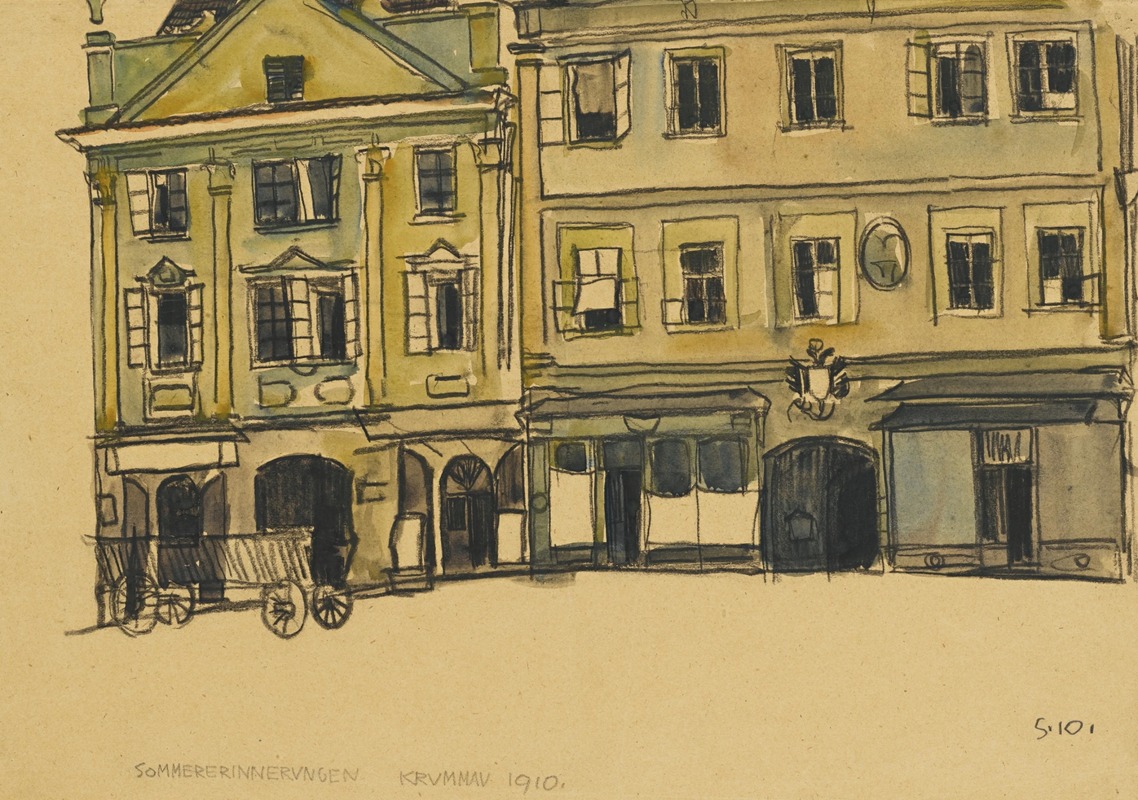
Ringplatz-Krummau
A hand-painted replica of Egon Schiele’s masterpiece Ringplatz-Krummau, meticulously crafted by professional artists to capture the true essence of the original. Each piece is created with museum-quality canvas and rare mineral pigments, carefully painted by experienced artists with delicate brushstrokes and rich, layered colors to perfectly recreate the texture of the original artwork. Unlike machine-printed reproductions, this hand-painted version brings the painting to life, infused with the artist’s emotions and skill in every stroke. Whether for personal collection or home decoration, it instantly elevates the artistic atmosphere of any space.
Egon Schiele, an Austrian painter known for his intense and raw expressionist style, created the painting "Ringplatz-Krummau" in 1915. Schiele was a prominent figure in early 20th-century art, and his works are characterized by their emotional depth and distinctive use of color and form. "Ringplatz-Krummau" is one of his notable landscape paintings, reflecting his unique approach to capturing the essence of a place.
The painting depicts the main square, or "Ringplatz," of the town of Český Krumlov, which is located in the Czech Republic. This town held personal significance for Schiele, as it was the birthplace of his mother and a place he visited frequently. Český Krumlov, with its medieval architecture and picturesque setting, provided a rich source of inspiration for Schiele's work. The town's historical and architectural features are often reflected in his paintings, which capture both the physical and emotional landscapes of the area.
In "Ringplatz-Krummau," Schiele employs his characteristic style, using bold lines and a somewhat distorted perspective to convey the energy and atmosphere of the town square. The painting is notable for its vibrant colors and dynamic composition, which draw the viewer into the scene. Schiele's use of color is particularly striking, with contrasting hues that highlight the architectural details and create a sense of movement within the static scene.
Schiele's landscapes, including "Ringplatz-Krummau," are often seen as extensions of his more well-known figurative work. Just as he explored the human form with an unflinching eye, his landscapes reveal a similar intensity and emotional resonance. In this painting, the buildings seem to lean and sway, almost as if they are alive, reflecting Schiele's interest in the underlying vitality of his subjects.
The period during which Schiele painted "Ringplatz-Krummau" was marked by significant personal and professional developments. In 1915, Schiele married Edith Harms, and his work began to reflect a more mature and settled perspective. Despite the turmoil of World War I, which was ongoing at the time, Schiele continued to produce art that was both innovative and deeply personal.
"Ringplatz-Krummau" is a testament to Schiele's ability to transform everyday scenes into powerful expressions of mood and emotion. The painting not only captures the physical appearance of Český Krumlov but also conveys a sense of the town's spirit and character. Schiele's work remains influential, and his landscapes, in particular, are celebrated for their ability to transcend mere representation and evoke a deeper connection with the viewer.
Today, Egon Schiele's paintings, including "Ringplatz-Krummau," are held in high regard and can be found in major art collections and museums around the world. His contribution to the expressionist movement and his unique artistic vision continue to be studied and appreciated by art enthusiasts and scholars alike.





